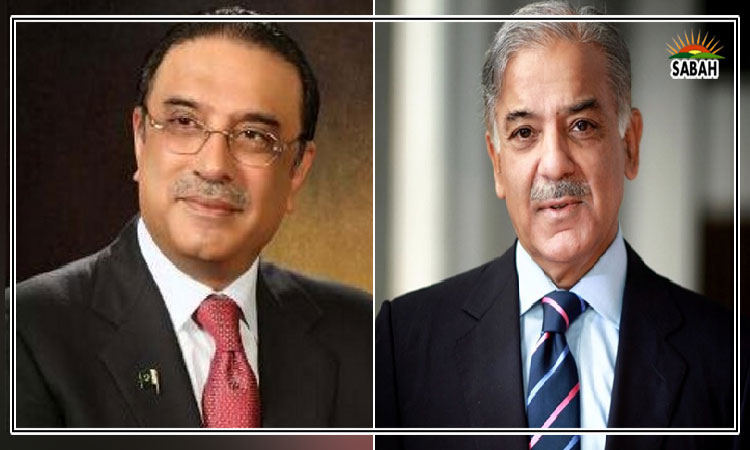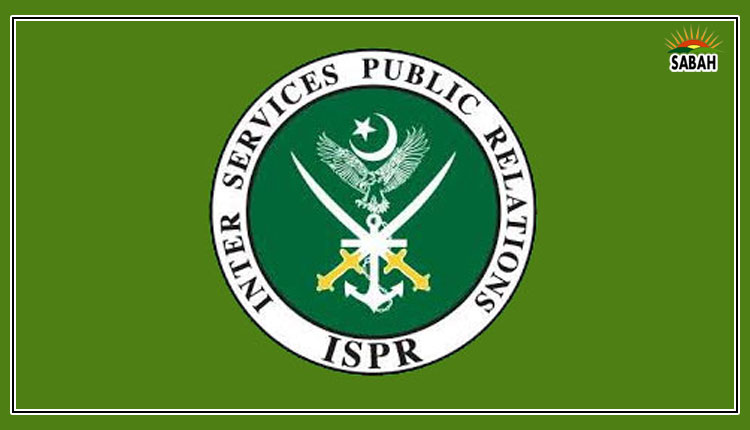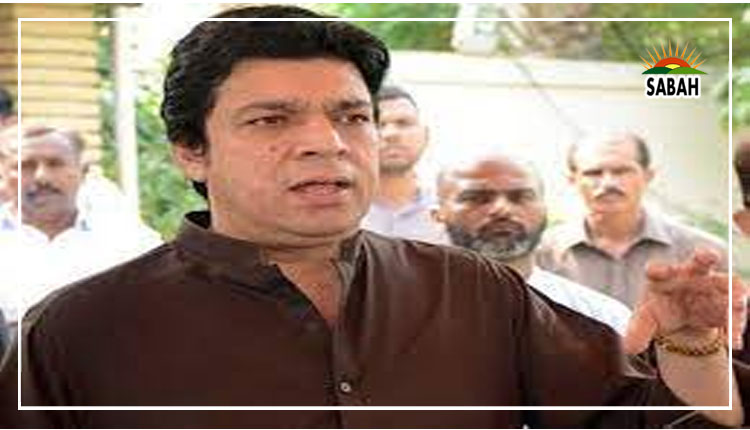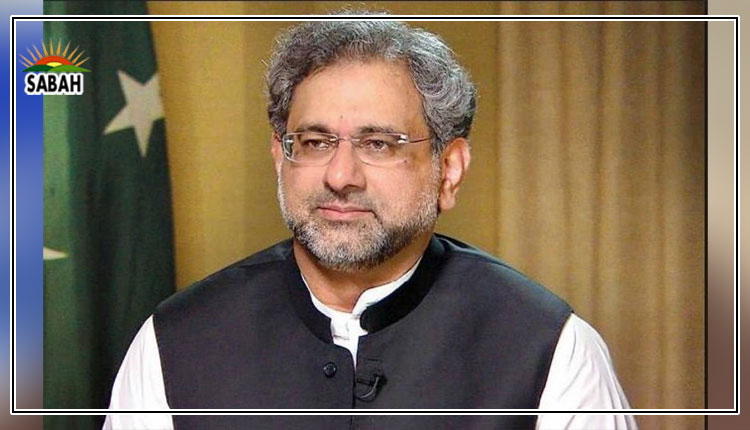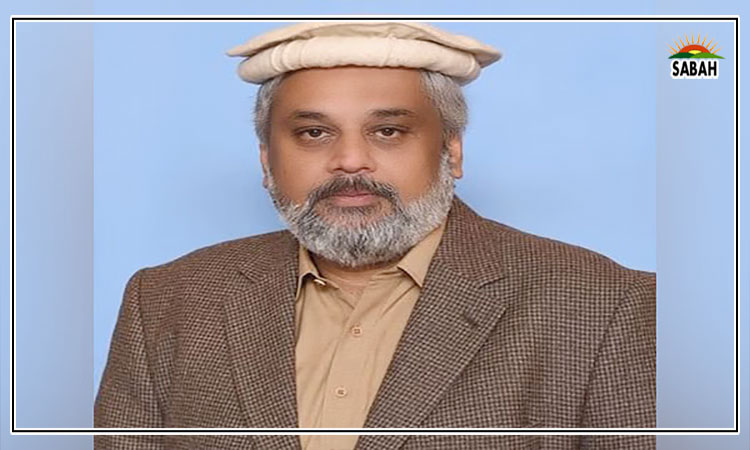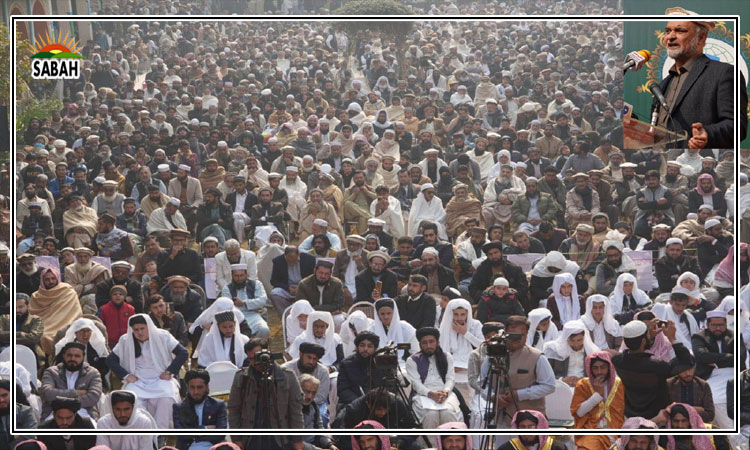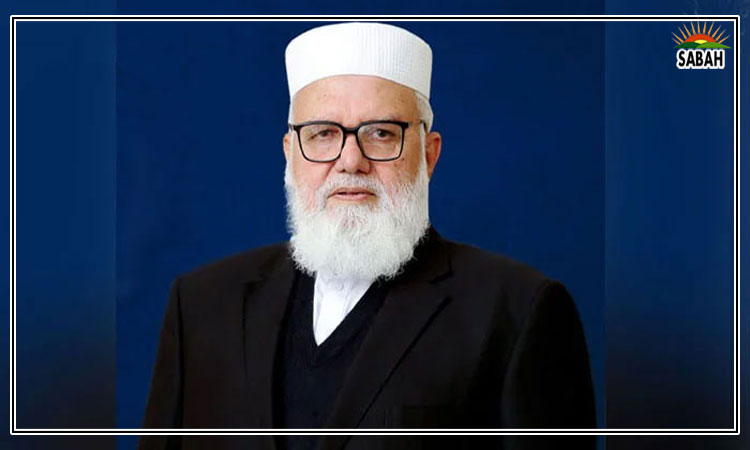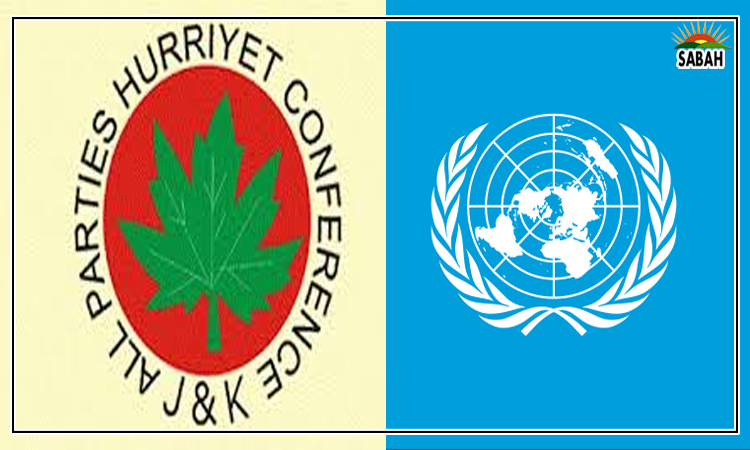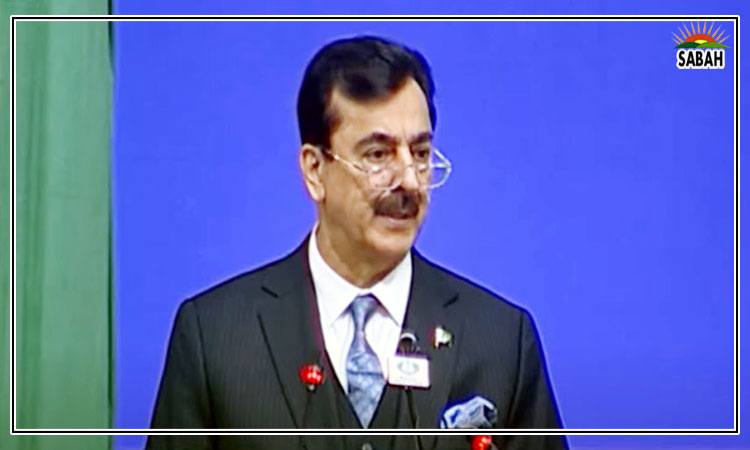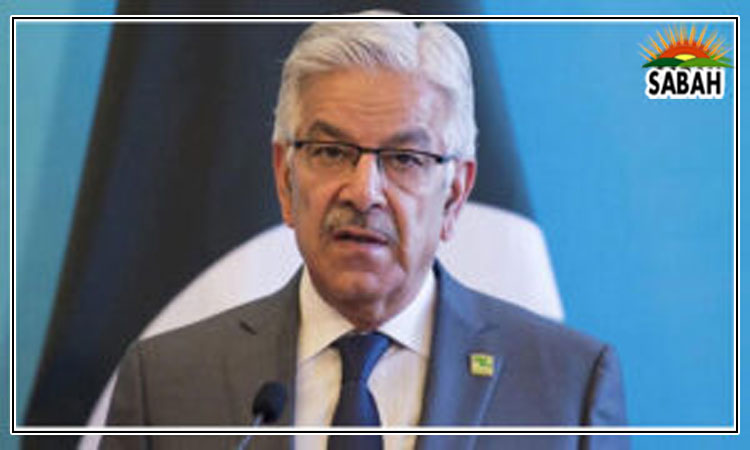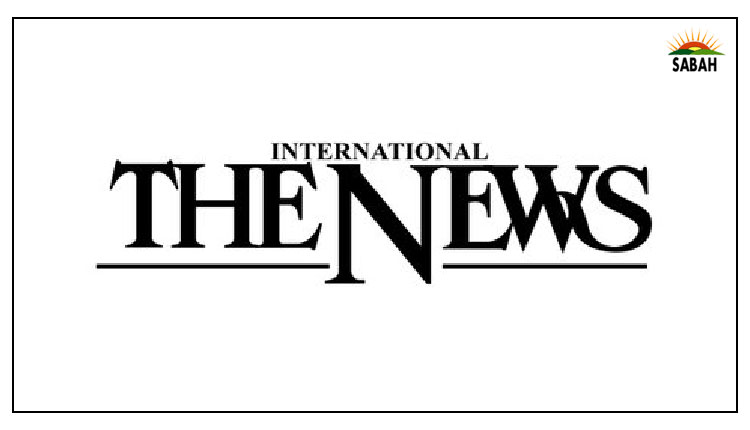What after the IMF credit?۔۔۔Hussain H Zaidi
Dollars are pouring in following the conclusion of a $3 billion short-term credit programme with the IMF. Pakistan has received the first tranche of $1.2 billion under the short-term (nine months) standby arrangement (SBA) with the multilateral donor.
Saudi Arabia and the UAE, our time-tested Middle East allies, have deposited $2 billion and $1 billion respectively with the State Bank of Pakistan. Following these developments, the domestic currency has appreciated and foreign exchange reserves have gone up. Fitch has upgraded though nominally the countrys credit rating. The PML-N led PDM government is set to quit office on a positive note for having headed off an imminent default. But the million-dollar, perennial question is: what next?
As a rule, IMF programmes address the symptoms, not the disease. Thats the reason why, despite being a regular customer of the Fund since the 1960s, Pakistan continues to look to it to bail out the economy. A credit programme is like a social safety net. Each provides a short-term respite and for a while creates the impression that things are beginning to look up.
In the long-run, however, both must create conditions whereby the beneficiaries dont have to subscribe to them. This is the ultimate touchstone by which the efficacy of each should be judged. Be that as it may, each begets a sense of complacency, which helps perpetuate the beneficiarys dependence.
Pakistan signed back-to-back programmes with the IMF in 1988 and 1993. On each occasion, the credit agreement was signed by the caretaker government close to the transfer of power to an elected dispensation. On each occasion, it fell to the PPP government headed by Benazir Bhutto to implement the programme as Hobsons choice. Called structural adjustment programmes, the lending arrangements made Pakistan open up its economy head and shoulder for which neither the economic managers nor the domestic industry was prepared.
From 225 per cent in 1988-89, maximum applied import tariffs were slashed to 100 per cent by 1993-93. Average applied tariffs, which were 91 per cent in 1992-93, were slashed to 51 per cent by 1995-96. Few other developing countries have scaled down import taxes so drastically on a unilateral basis. The tariff cuts pushed the domestic industry to face increased foreign competition without developing its capability to do so. It was like expecting a toddler to run even before s/he had leant how to walk. Since then, the toddler hasnt grown up.
The over-the-top penchant for opening up put the economy on the track of premature deindustrialization from which it has not been able to recover. Premature deindustrialization refers to an aberration in a countrys economic journey when the share of manufacturing in total output begins to decline without reaching full-scale industrial development accompanied by a high per capita income and a high standard of living. The services sector grows disproportionately but because it is not backed by industrial development, it lacks competitiveness and sophistication.
In the case of Pakistan, the manufacturing-to-GDP ratio, which was 15 per cent on average during the 1990s, fell to 12 per cent and 13 per cent respectively over the following two decades. By 2021, the share of manufacturing in total national output had dropped even further to 11 per cent.
In a country facing de-industrialization, export growth, as a rule, falls well below import increase, as the demand for manufactured goods outstrips their supply. In our case, a high birth rate, which well exceeded non-labour resource expansion, made matters worse. At the end of FY22 exports and imports accounted for 8.5 per cent and 21.3 per cent of the GDP respectively, underlining the big gap between these two key external sector indicators.
As a result, trade deficit or external imbalance has remained a perennial feature of the economy, forcing the country to borrow abroad each year to bridge the yawning import-export gap and thus keep running external debt. At the end of FY22, the trade deficit accounted for 12.9 per cent of the total economic output.
A small manufacturing base relative to domestic demand puts the policymakers in a dilemma with regard to handling the exchange rate. A flexible exchange rate, whereby the value of the domestic currency relative to other currencies is left to market forces and which is an integral part of the IMFs recipe or conditionality, invariably causes the rupee to depreciate on account of trade deficit. The higher the export-import gap, the greater is the value that the rupee sheds. This not only stokes inflationary pressures in an important-dependent economy and makes the government lose its political capital but adds to economic uncertainty as well.
Such a situation creates a fertile ground for switching funds from productive or real-sector long-term investment to short-term, speculative ventures, such as investment in stocks and real estate, thus further accentuating the supply-side constraints and adding to import demand. To check the general price increase, the central bank jakes up interest rates, which discourages business borrowing and investment.
The alternative is to actively manage the exchange rate by trying to stem the rupees fall. This is what the present government did under the stewardship of Finance Minister Ishaq Dar. The only credible way to manage a falling domestic currency is to inject the hard foreign currency, notably the American dollars, into the market. But this requires sufficient foreign exchange reserves with the central bank. For an economy which is well short on such reserves, keeping the domestic currency from falling turns out to be a mugs game. Thats why the finance minister, for all his tall claims, cut a sorry figure in staving off the rupees depreciation.
Another option for the government is to bring down imports through administrative measures, such as import bans and hike in import taxes. Thats what the present government did. However, in an import-dependent economy like Pakistan, such import-compression measures are unsustainable and end up slowing down the pace of the economic growth. Hence, not surprisingly, in the outgoing fiscal year, overall economic growth scaled down to 0.3 per cent from 6.1 per cent a year earlier.
As a result of such constraints, Pakistans economy remains in a double bind. In the event that it registers lackluster growth, as it did in FY23, it will not be able to create enough jobs for its massive (more than 65 million) and growing labour force. In case the economy grows at a moderately healthy rate of 5.0 per cent or above, as it did in FY22, the growth pace will exacerbate external imbalances mainly in the form of galloping imports, and drive up prices exorbitantly, making economic expansion difficult to sustain and necessitating growth compression measures.
Just as receiving a cheque under a social safety net makes the beneficiaries feel good, receipt of funds from the IMF, which are followed by loans from other multilateral institutions and countries, and their immediate impact on the exchange rate and foreign currency reserves makes the government and its supporters euphoric. But this euphoria soon fizzles out.
This is for the reason that the credit addresses only the symptoms falling domestic currency and depleting foreign exchange reserves and not the disease that underlies those symptoms: a corporate sector that thrives on subsidies and tax evasions and whose core competence consists in production of substandard goods which cant be sold in foreign markets. As well as low labour productivity because of low wages and lack of human capital development, diversion of investment from the real to the realty sector, a high birth rate, an inefficient civil service, which looks upon every economic issue from the angle of administrative efficiency, and above all lack of entrepreneurship, thats, the willingness to take abnormal risks and venture into new areas or new ways of doing business.
In 1947, textile was the mainstay of the national economy. In seventy-five years, the world has changed but we remain a textile-driven economy managed by well-entrenched but risk-averse family-based businesses and planned and executed by accomplished administrators in the civil service.
In case the structural economic constraints remain unaddressed, its highly likely that by the close of the first quarter of the next year, another IMF programme will be in sight.
The writer is an Islamabad-based columnist. He tweets @hussainhzaidi and can be reached at: hussainhzaidi@gmail.com
Courtesy The News


